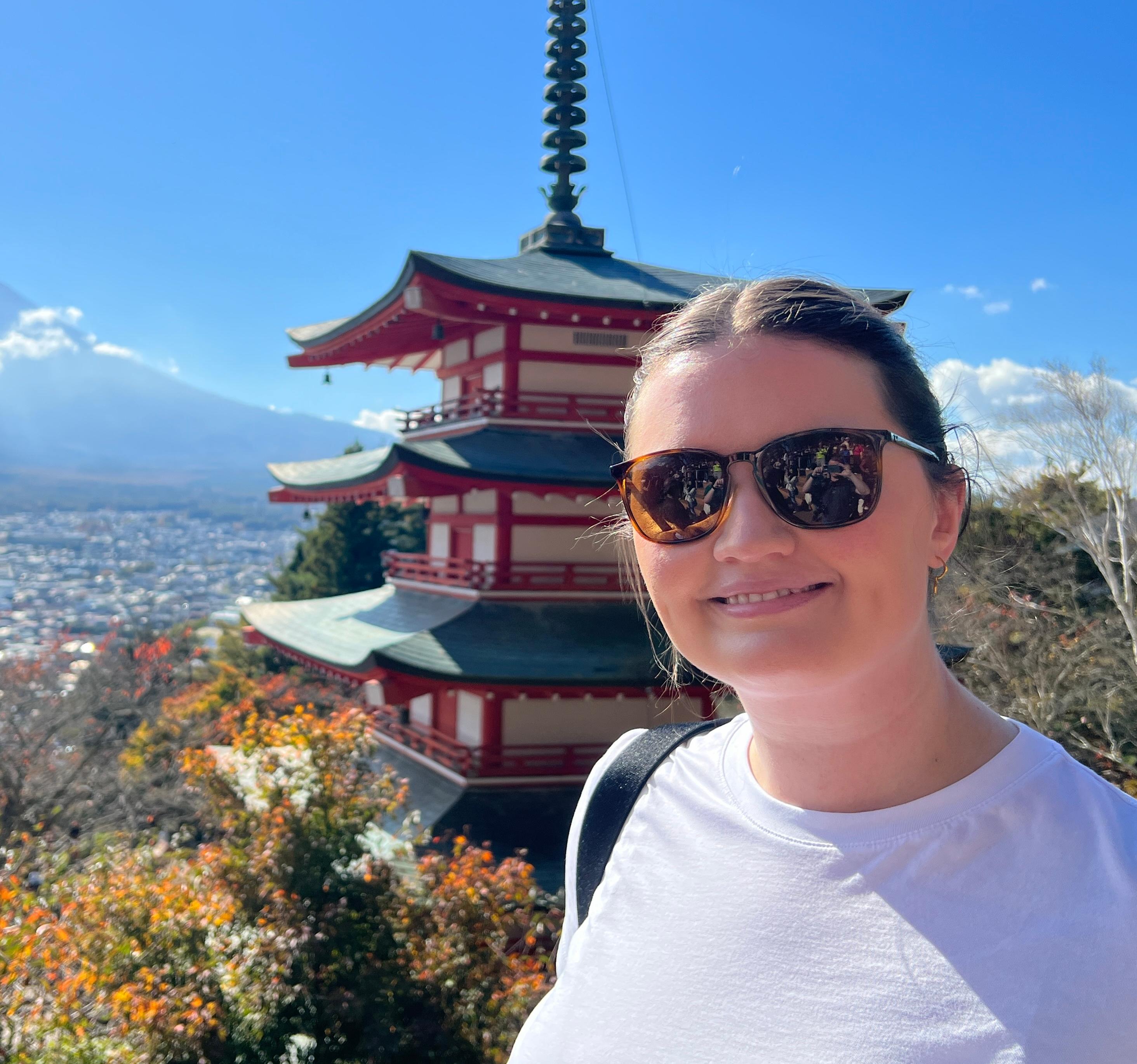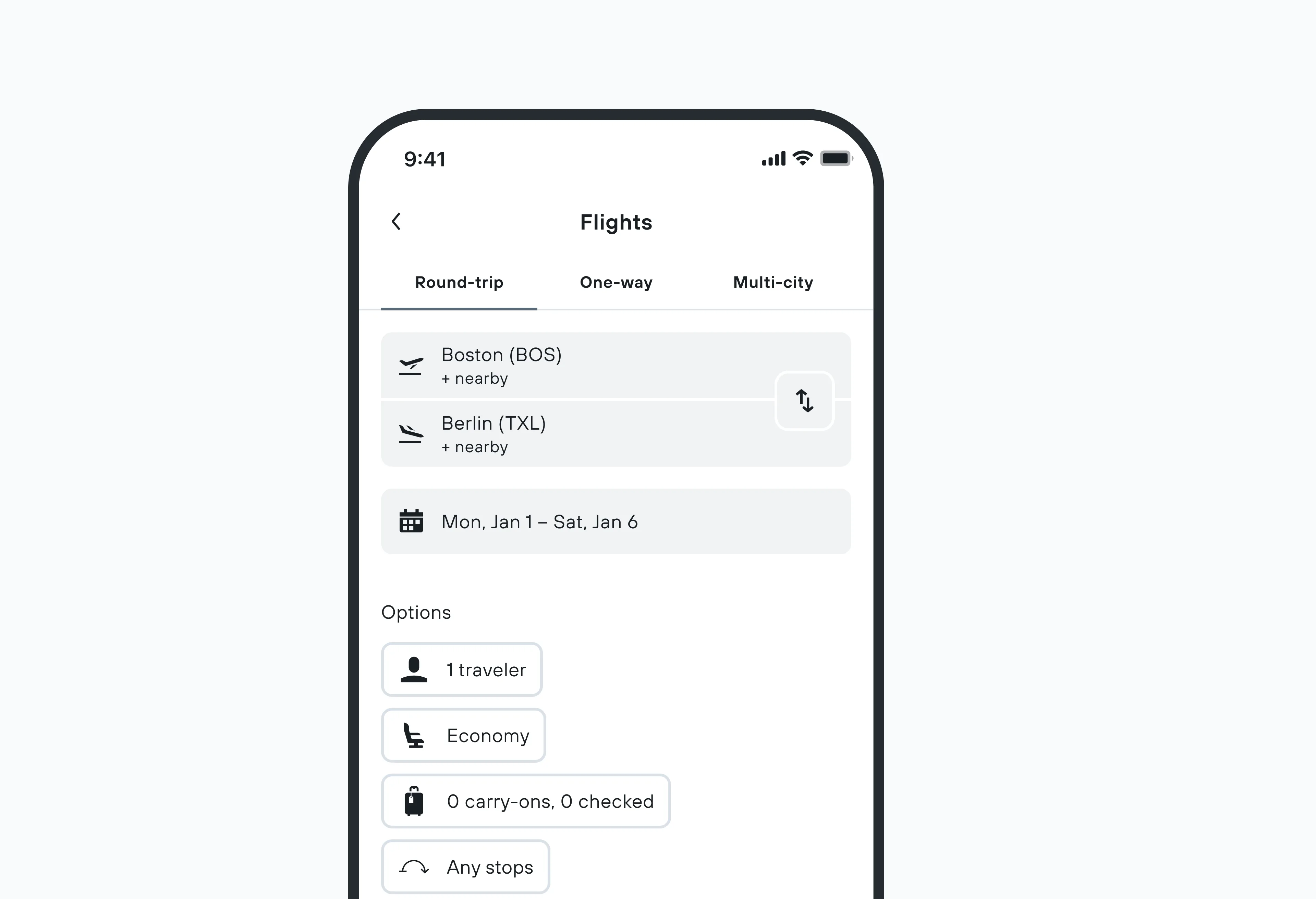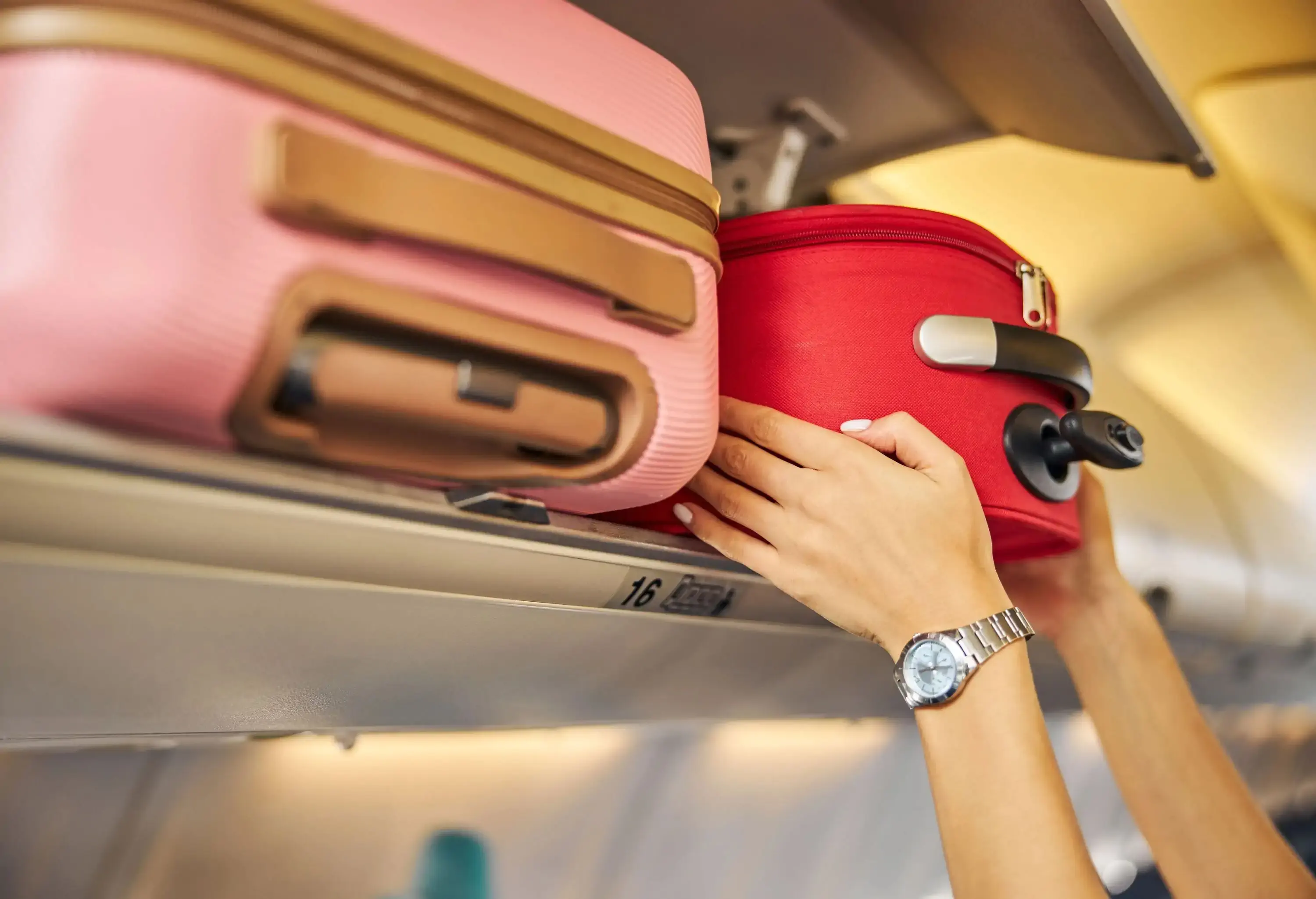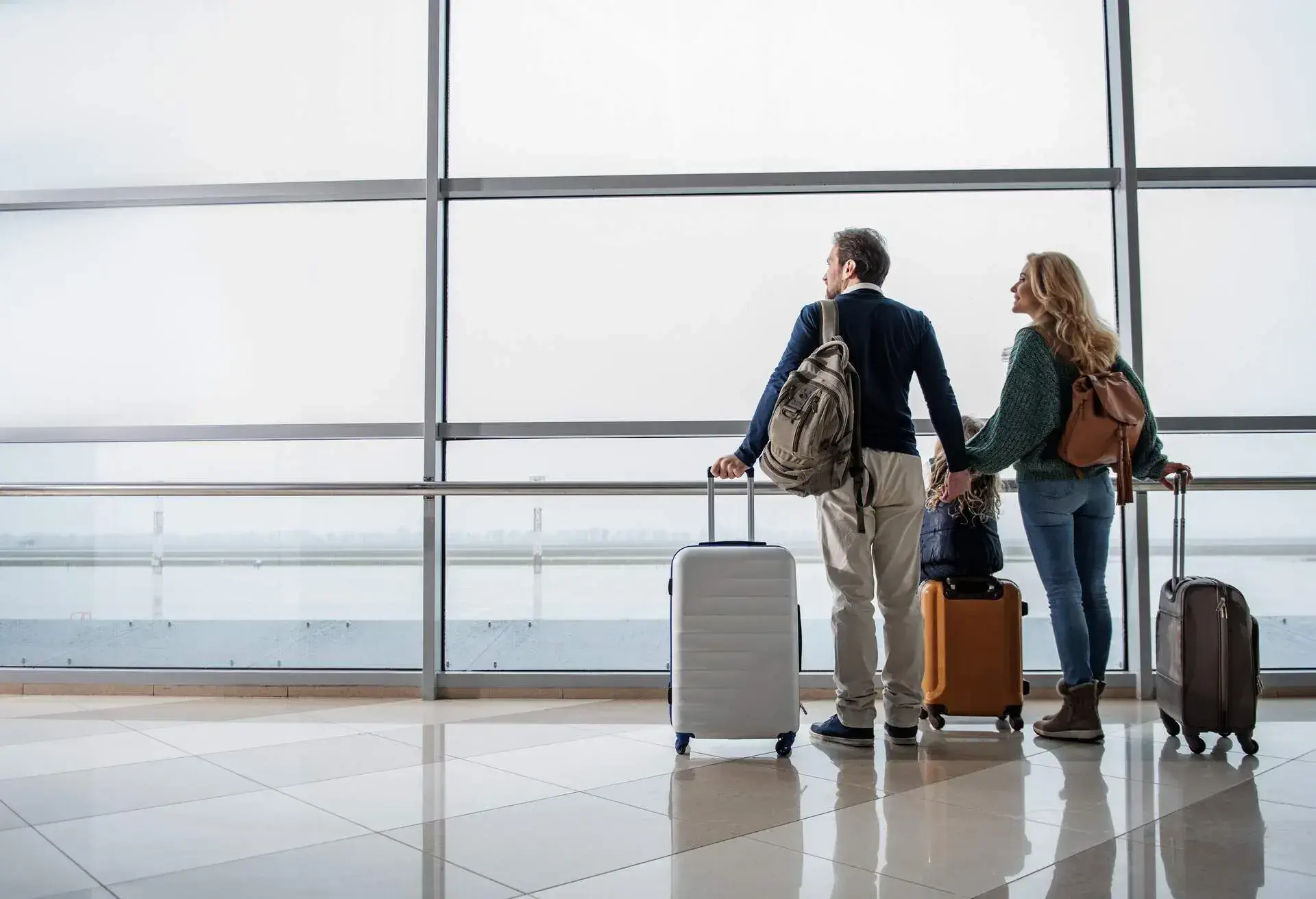Before booking any trip, one of the first questions most people ask is when the best time to book flights to get the best prices. Here’s KAYAK’s latest data on both domestic and international flights, looking at one-way and round-trip tickets. While there’s no single best day to book flights, some days consistently offer cheaper average fares.
The cheapest days to fly domestically in the UK
KAYAK’s data found that Wednesday is the day with the lowest one-way domestic airfares, averaging around £40. Tuesday was a close second cheapest day to fly with an average of around £46 for one-way fares.
Cheapest days to fly for a UK round trip
For a round trip, Wednesday to Wednesday, on average, is the cheapest option for a staycation.
Unsurprisingly, the weekend (Friday – Sunday) is the most expensive time to fly. Sunday was the most expensive day for returns, with average ticket prices of around £92. Monday was slightly better in terms of return airfares, at around £85.
Clearly, if you can get on a plane midweek, it may prove to be much more cost-effective.
The cheapest days to travel for international flights
Longer-haul international flights followed some similarities to those of domestic flights. Tuesday and Wednesday offer the best time to fly, with an average one-way ticket price of £413.
Wednesday also has the average lowest fares for return, when ticket prices averaged around £554. Tuesday was next at around £644, followed by Monday and Thursday departures at an average of £652. The most expensive day for returns is Saturday at around £684.
In theory, this means you are most likely to get the lowest price for a week-long international return flight if you fly Wednesday-to-Wednesday.
The cheapest days to travel around Europe
For flights within Europe, Tuesday is the cheapest day to fly one-way, with an average flight cost of just £82. For a round trip KAYAK data recommends flying out Tuesday and booking your return for Wednesday. If a one-night trip seems hasty, Thursday or Tuesday are the next cheapest options.
If budget is a concern for your next European getaway, avoid flying on Friday or Saturday, which have the most expensive costs on average.
Tips for finding lower airfares
When you want to shop around for vacation destinations and don’t have anywhere specific in mind, you have the flexibility of shopping for places that offer cheaper flights. Here are some tools KAYAK offers to help you narrow down your best choices with finance in mind.
1. Use the KAYAK Explore map
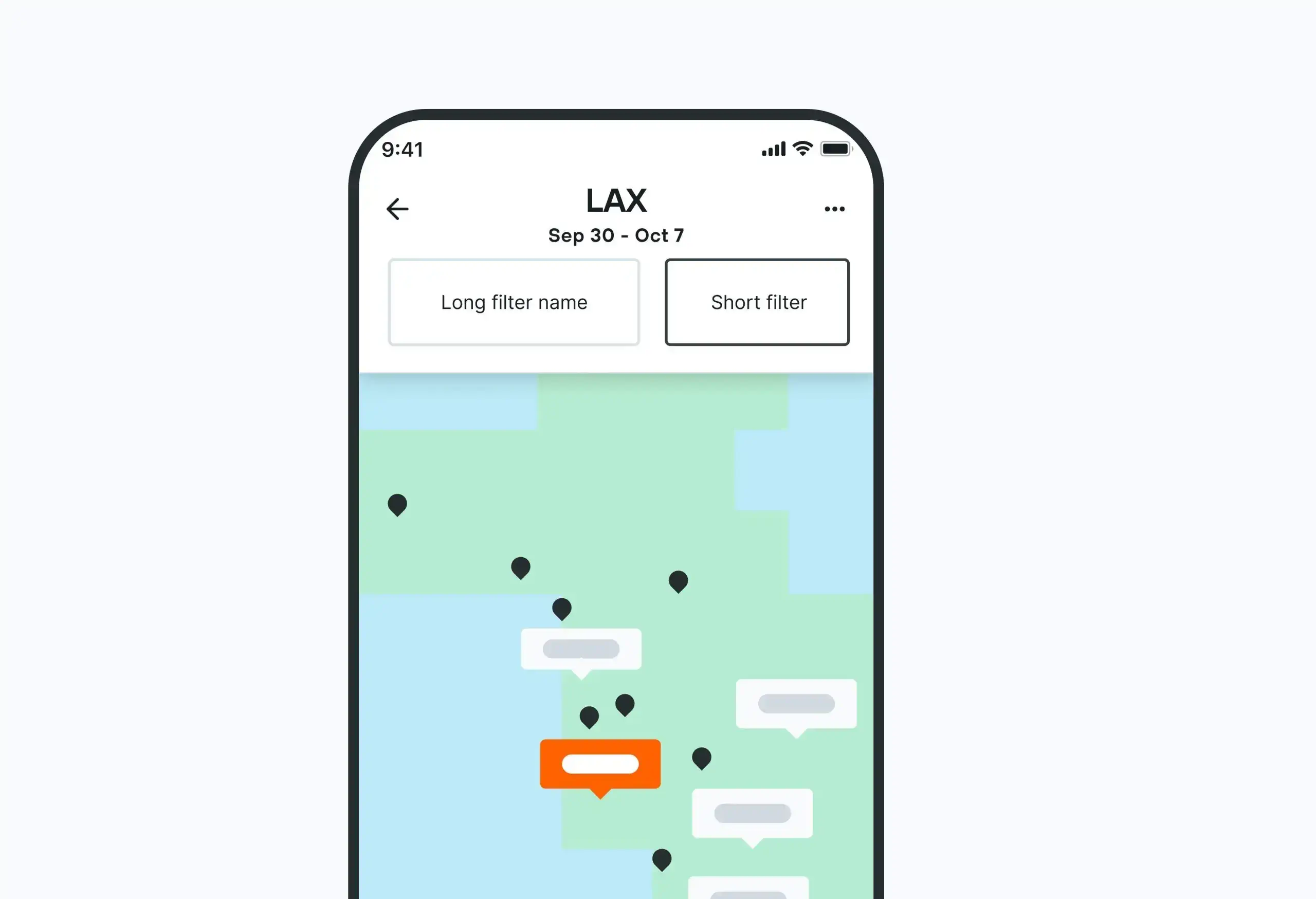
When your point of origin is certain but your destination is open, peruse our KAYAK Explore map. Enter your origin airport and rates will instantly appear on the map, allowing you to identify the cheapest flights to those locations. You can filter further by specific dates, date ranges, flight duration, budget, and more.
2. Get there quicker with KAYAK Direct
If layovers stress you out or you simply want to minimise your total travel time, you may want to fly somewhere that has direct flight options from your point of origin. Good news: You don’t have to overpay just to avoid layovers.
Use KAYAK Direct to enter your preferred origin airport and you’ll receive a list of direct flight destinations sorted by flight time. Select “Show routes on map” at the top of the list and you’ll return to the KAYAK Explore map with these routes illustrated by price.
3. Check the KAYAK calendar for the best prices

As you settle on your destination, it’s time to check the calendar, and we mean our calendar, not yours. Enter your airports on KAYAK flight page and click the calendar icon to expand date selections. Here you’ll find a calendar indicating the cheapest dates of that month to fly your desired route. You’re free to explore other months, too.
4. Make your own cheaper route
If your airports are firm, check out our Hacker Fares to search combined one-way tickets on multiple airlines that may be cheaper than advertised round trips from a single airline. If one airline won’t offer a cheap enough price for you, perhaps you’ll find your target price by mixing and matching among various competitors.
5. Set alerts for cheaper fares
If you have time to wait for cheaper flight prices than what you’re currently finding, we can keep an eye on it for you. Set a price alert for the flight parameters you’re searching and we’ll let you know if the price goes down. You can do this by selecting “Track prices” in the “Our Advice” box mentioned above by “hearting” a search result you want to track, or by manually setting an alert in your KAYAK user profile.
6. Use KAYAK to find the lowest prices from different airlines

While airlines would always prefer you book through them directly, you may find cheaper alternatives through booking partners. KAYAK simultaneously searches hundreds of vendors that include both booking partners and the airlines themselves and provides all of them in your search results, giving you the transparency you need in order to determine who’s offering the best deal.
Once you make your choice, we’ll redirect you to that provider so you can make your purchase securely.
FAQ
Every airline’s goal is to get the most money possible for each seat sold, which means airfare pricing is one of the purest examples of supply and demand in action. To do this, popular leisure routes and cabins (economy) are priced highly further in advance, which is when holiday travellers tend to book.
These seats tend to go down over time as the airline seeks to fill the plane before take-off. Business routes and cabins (business/first) are priced lower upfront to fill minimum quotas, then increased over time, as short-notice corporate travellers scramble to get a remaining seat.
This is more common with economy class cabins and those routes considered to be leisure travel routes (i.e., holiday destinations). For business class and first class seats, or routes heavily flown by corporate travellers, the reverse is more often true, with prices increasing as the departure date approaches.
These seats tend to go down over time as the airline seeks to fill the plane before take-off. Business routes and cabins (business/first) are priced lower upfront to fill minimum quotas, then increased over time, as short-notice corporate travellers scramble to get a remaining seat.
The short answer here can be frustratingly unhelpful: Flight prices may change frequently. As the flight fills or doesn’t fill, airlines will continuously change prices to maximise their potential profits, which means fares can change multiple times throughout the day. Flight prices vary depending on the season too, the seats you want to book, and the balance between supply and demand of seats.
Sometimes. Airfare prices change regularly based on supply and demand and the airline’s resulting prediction of how it can maximise income on remaining seats. Computer software is often in charge of analysing this and updating fares. This can certainly happen at night, but it is equally likely to happen any time of day, any day of the week.
Data and pricing were refreshed and updated on July 28th 2025.



